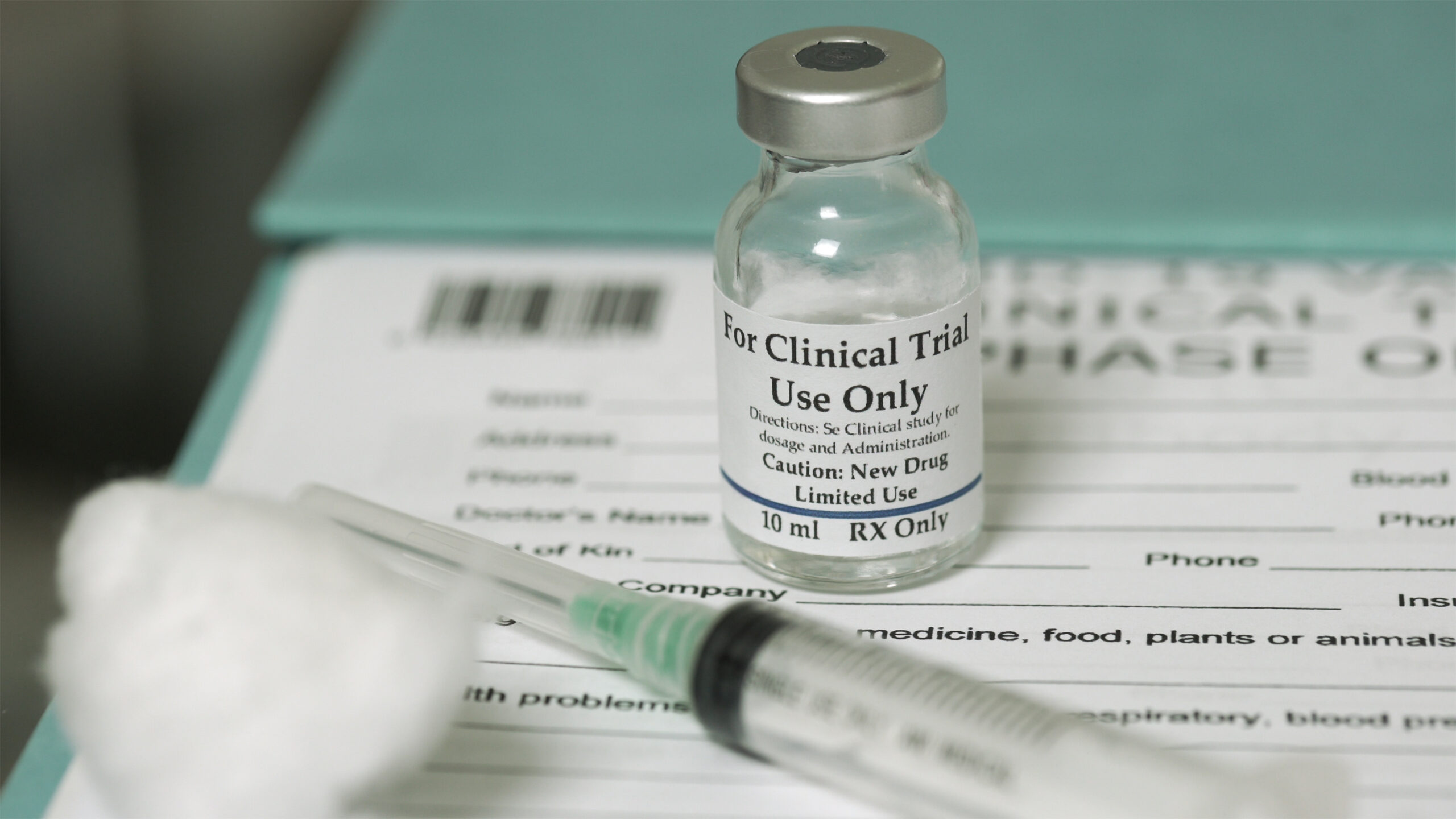
4 Drugs That Interact with Anxiety Meds, Benzodiazepines
Share
on this page:
If you suffer from anxiety, panic disorder, or insomnia, your doctor may have prescribed you what’s known as benzodiazepines (or benzos). This class of drugs contains popular brands such as Xanax (alprazolam), Valium (diazepam), Ativan (lorazepam), and Klonopin (clonazepam). They essentially act as a tranquilizer, relaxing, and sedating the user.
Benzos are some of the most-prescribed medicines. According to a 2020 National Center for Health Statistics report, there were 65.9 million physician visits for benzodiazepine prescriptions each year from 2014 to 2016. The number of prescriptions dispensed between 2009 and 2014 increased from 40.9 million to 133.4 million, according to a Drug Enforcement Administration report. As with any medication, drug interactions can occur if you take a benzo with another medication, and in some instances, may be life-threatening.
With benzos, there are two main areas of concern. The first is that interactions might increase the effects of the drug, which can result in oversedation, accidents, or overdose. From 2011 to 2016, alprazolam and diazepam were among the top 10 drugs involved in overdose deaths every year in the US. The second concern is that interactions could decrease how much of a benzodiazepine is in the bloodstream of a patient who has been on the drug for a long time. This can cause withdrawal symptoms, the most severe being seizures and death. Here are four drug classes that can have dangerous interactions with benzodiazepines.
1. Opioids
Opioids such as OxyContin (oxycodone), morphine, and Hysingla ER (hydrocodone), or combination products containing any of those drugs, are painkillers. According to a 2019 Quest Diagnostics report, 17% of patient test results show potentially dangerous combinations of opioids and benzodiazepines. Katy LaLone, MD, an assistant professor of psychiatry at Case Western Reserve University in Cleveland, says combining benzos with “other sedative medications, especially opioids, can cause cardiorespiratory depression,” putting patients at risk of overdose and death. In fact, 75% of benzodiazepine-related deaths involve an opioid. This combination is so dangerous that the FDA issued a black box warning in 2016 about prescribing the two drug classes together.
Dr. LaLone has even seen overdoses in patients who are on stable doses of the two drugs after developing a “compromised cardiorespiratory status, such as the flu or undiagnosed sleep apnea.” She adds, “overdose is almost always accidental.”
2. Insomnia Drugs
Prescription drugs that treat insomnia, known as “Z-drugs” have a mechanism of action similar to benzos. These drugs include Ambien (zolpidem), Lunesta (eszopiclone), and Sonata (zaleplon). Dr. LaLone sees the combination of benzos and Ambien quite frequently in her clinical practice, usually in patients receiving prescriptions from more than one doctor. Patients are often prescribed benzodiazepines for anxiety and a “Z-drug” for insomnia, not realizing the drugs are similar in action.
She notes this “dangerous combination can cause amnestic episodes (blackout spells),” and she seldom prescribes the two drug classes together except in exceptional cases. A 2017 study looking at emergency room visits for adverse events from benzos and/or “Z-drugs” found that the combination of the two drug classes led to four-fold risk of severe outcomes, such as visits to a hospital or jail.
3. Proton Pump Inhibitors (PPIs)
These drugs, such as Prilosec (omeprazole), Nexium (esomeprazole), Prevacid (lansoprazole), and Protonix (pantoprazole), are used to treat acid reflux. They can increase blood levels of benzodiazepines by interacting with the same liver enzymes that clear them from the body. This can result in worsening side effects of benzodiazepines, including confusion, sedation, dizziness, falls, and impaired driving.
The most common offenders are Prilosec and Nexium. Mary Hall, a retiree living in North Carolina, was prescribed Prilosec by her doctor while taking clonazepam.
“The clonazepam started to build up, and I started feeling stoned like I was taking more doses of a benzo. I had to skip my night dose of the clonazepam and stop taking the Prilosec after three days.” She also developed a “horrible headache” that lasted for several days. She notified her doctor, and he was unaware of the potential interaction.
4. Fluoroquinolone Antibiotics
Fluoroquinolones include Cipro (ciprofloxacin), Levaquin (levofloxacin), and Avelox (moxifloxacin). They compete for the same binding site as benzodiazepines, which means one drug blocks the effect of the other. In this case, the fluoroquinolones block the benzodiazepine leading to acute withdrawal in those who are dependent on the benzo. There have been reports in medical literature and online communities of long-term benzodiazepine patients experiencing withdrawal symptoms after taking these antibiotics.
Kristie Walker, a former medical office biller who now lives in Florida, learned about the interaction firsthand after being prescribed ciprofloxacin for a urinary tract infection. She had been taking Xanax for around 15 years.
“After the first dose of Cipro, my heart started beating super fast, I felt dizzy and had to hold onto the walls for balance. The world was spinning, and I was very shaky,” says Walker, who informed her doctor of her symptoms and stopped taking the ciprofloxacin after two days.
Still, it was too late, and Walker was profoundly ill. A simple walk from one room of her house to another would spike Walker’s heart rate up to 200 beats per minute. Nausea from the withdrawal symptoms was so severe that Walker had to be hospitalized. At one point, suicide had even crossed her mind.
“I thought I was going to die,” she says. After Walker began to research her symptoms online, she found an article on the interaction between benzos and fluoroquinolones. She realized the antibiotic had caused her to have acute benzodiazepine withdrawal.
How to Avoid Dangerous Interactions?
There are numerous ways you can protect yourself from dangerous drug interactions involving benzos. Dr. LaLone recommends that you only take medications that are prescribed to you, and take them only as prescribed. Second, obtain your prescriptions from one physician and pharmacy, and have regular doctor visits to assess your medication regimen. Third, exercise caution while using other sedation medications, especially opioids. And finally, inform your doctor of all medications you are taking, including over-the-counter drugs and supplements.
It is also important to know that if you are considering stopping a benzo after being on it for a long time, it should be tapered to avoid the risk of severe withdrawal, which can result in seizures and even death.
- Harvard Health. (2020, September 27). Benzodiazepines (and the alternatives).
- Alprazolam: MedlinePlus Drug Information. (n.d.).
- Diazepam: MedlinePlus Drug Information. (n.d.).
- Lorazepam: MedlinePlus Drug Information. (n.d.).
- Clonazepam: MedlinePlus Drug Information. (n.d.).
- Santo, L., Rui, P., Ashman, J. J., U.S. DEPARTMENT OF HEALTH AND HUMAN SERVICES, Centers for Disease Control and Prevention, & National Center for Health Statistics. (2020). Physician Office Visits at Which Benzodiazepines Were Prescribed: Findings From 2014–2016 National Ambulatory Medical Care Survey. In National Health Statistics Reports (No. 137).
- Hedegaard, H., M. D. ,. M. S. P. H., Bastian, B. A., B. S., Trinidad, J. P., M. P. H. ,. M. S., Spencer, M., M. P. H., Warner, M., Ph. D., National Center for Health Statistics, & U.S. Food and Drug Administration. (2018). Drugs Most Frequently Involved in Drug Overdose Deaths: United States, 2011–2016. In National Vital Statistics Reports (No. 9; Vol. 67).
- Oxycodone: MedlinePlus Drug Information. (n.d.).
- Morphine: MedlinePlus Drug Information. (n.d.).
- Hydrocodone: MedlinePlus Drug Information. (n.d.).
- Bachhuber, M. A., Hennessy, S., Cunningham, C. O., & Starrels, J. L. (2016). Increasing Benzodiazepine Prescriptions and Overdose Mortality in the United States, 1996-2013. American journal of public health, 106(4), 686–688.
- U.S. Food and Drug Administration. (2017, September 20). FDA Drug Safety Communication: FDA warns about serious risks and death when combining opioid pain or cough medicines with benzodiazepines; requires its strongest warning. FDA.
- Zolpidem: MedlinePlus Drug Information. (n.d.).
- Eszopiclone: MedlinePlus Drug Information. (n.d.).
- Zaleplon: MedlinePlus Drug Information. (n.d.).
- Kaufmann, C. N., Spira, A. P., Alexander, G. C., Rutkow, L., & Mojtabai, R. (2017). Emergency department visits involving benzodiazepines and non-benzodiazepine receptor agonists. The American journal of emergency medicine, 35(10), 1414–1419.
- Omeprazole: MedlinePlus Drug Information. (n.d.).
- Esomeprazole: MedlinePlus Drug Information. (n.d.).
- Lansoprazole: MedlinePlus Drug Information. (n.d.).
- Pantoprazole: MedlinePlus Drug Information. (n.d.).
- Gerson, L. B., & Triadafilopoulos, G. (2001). Proton pump inhibitors and their drug interactions: an evidence-based approach. European journal of gastroenterology & hepatology, 13(5), 611–616.
- Li, W., Zeng, S., Yu, L. S., & Zhou, Q. (2013). Pharmacokinetic drug interaction profile of omeprazole with adverse consequences and clinical risk management. Therapeutics and clinical risk management, 9, 259–271.
- Ciprofloxacin: MedlinePlus Drug Information. (n.d.).
- Levofloxacin: MedlinePlus Drug Information. (n.d.).
- Moxifloxacin: MedlinePlus Drug Information. (n.d.).
- Unseld, E., Ziegler, G., Gemeinhardt, A., Janssen, U., U. Klotz, Dr. Margarete Fischer-Bosch-Institut fur Klinische Pharmakologie, & Institute of Psychosomatic Research. (1990). Possible interaction of fluoroquinolones with the benzodiazepine-GABAA-receptor complex. In Br. J. Clin. Pharmac. (pp. 63–70).
DISCLAIMER: MedShadow provides information and resources related to medications, their effects, and potential side effects. However, it is important to note that we are not a substitute for professional medical advice, diagnosis, or treatment. The content on our site is intended for educational and informational purposes only. Individuals dealing with medical conditions or symptoms should seek guidance from a licensed healthcare professional, such as a physician or pharmacist, who can provide personalized medical advice tailored to their specific circumstances.
While we strive to ensure the accuracy and reliability of the information presented on MedShadow, we cannot guarantee its completeness or suitability for any particular individual’s medical needs. Therefore, we strongly encourage users to consult with qualified healthcare professionals regarding any health-related concerns or decisions. By accessing and using MedShadow, you acknowledge and agree that the information provided on the site is not a substitute for professional medical advice and that you should always consult with a qualified healthcare provider for any medical concerns.
on this page:
RECOMMENDED:
DONATE:
Help fund our fight for improved medication safety and transparency by supporting our independent journalism.
Give NowStay Informed. Sign up for our newsletters.
Independent, science-based journalism delivered directly to your inbox.
About Our Advocacy:
We seek to create a world where there are safer medications for all and where all people are fully informed about their medication benefits and side effects, using our explanatory and investigative journalism to both inform and stimulate public discussion to drive toward solutions.
WEBINARS
Want to hear expert insights about medication safety and other care options? Watch all our past webinars and sign up for upcoming ones.
WATCH Now

